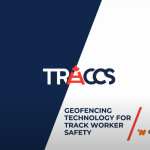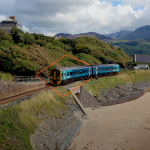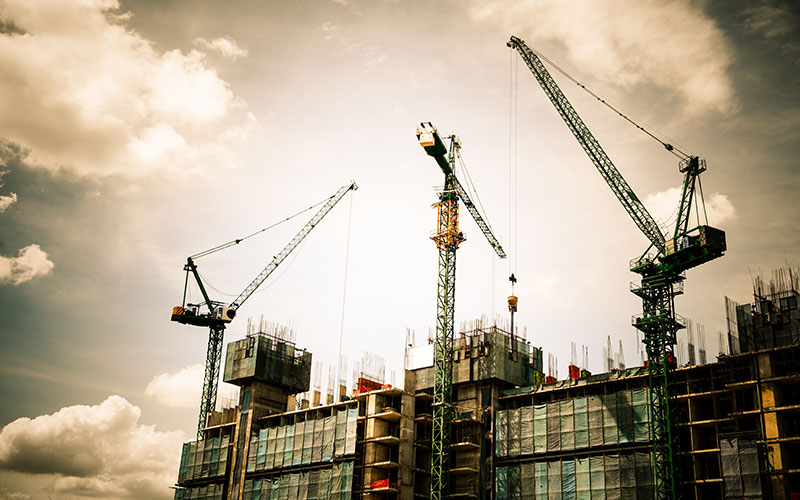Mobile Workers: What Your Team Needs to Succeed
By definition, lone workers are individuals who work by themselves without close or direct supervision. This type of working arrangement is common in the construction, infrastructure and some service industries and can include tasks such as surveying, inspection, maintenance, and repair work.
Despite the risks, lone workers, even within regulatory guidelines, may be exposed to risks such as accidents, ill health, and violence. Employers have a legal obligation to ensure the Health and Safety of lone workers and to provide them with the appropriate training, equipment, and support to carry out their tasks safely.
In this article, we detail the risks posed to “disconnected” lone workers, the technology available to enhance safety processes, the connectivity challenge and how Onwave can help.
The Need to Succeed
Many industries use lone workers in the UK and we’ve provided connectivity across a huge diversity of sectors, from rail to infrastructure, power, construction and utilities. The construction industry in the United Kingdom is a high-risk industry for lone workers, with a significant number of accidents and incidents involving workers who are working alone or in isolated conditions. Some statistics on lone worker risk in construction include:
According to the Health and Safety Executive (HSE), the construction industry accounts for the largest number of fatal injuries to workers in the UK, with over 40% of all work-related fatal injuries in the industry occurring among construction workers.
The construction industry also has the highest rate of major injuries among workers, accounting for over a third of all such injuries in the UK, with lone workers being particularly vulnerable due to the speed of incident response.
Many construction workers in the UK work alone or in isolated conditions, particularly those working on smaller projects or in rural areas. Further afield, a study by the International Labor Organization found that over 50% of construction workers in developing countries work in isolation, often with limited access to safety equipment and communication technologies.
These types of accidents are common in construction and can be particularly dangerous for lone workers who are not immediately able to receive assistance in case of an injury.
Construction workers in the UK are at times also at risk of violence from intruders or from members of the public, again lone workers being the most vulnerable group.
These statistics highlight the need for organisations in the UK construction, rail, infrastructure and utility industries to take proactive measures to protect the safety of their lone workers. This includes providing personal safety devices, training on safety procedures, and implementing robust monitoring and incident management systems.
How Technology Helps Lone Workers
There are several technologies that can support lone workers in construction to ensure their safety and well-being while they are on the job.
- Personal Protective Equipment (PPE) with integrated communication devices: This can include hard hats, safety glasses, and other PPE that includes built-in two-way radios, GPS tracking, and emergency buttons
- Lone Worker Safety Apps: These are smartphone applications that allow workers to communicate their location, status, and any concerns to a central monitoring centre in real-time.
- Wearable devices: Wearable devices such as smartwatches, fitness trackers, or smart glasses can real-time monitoring of a worker’s vital signs and send alerts in case of an emergency.
- Real-time location tracking: GPS tracking devices or software can provide real-time information on the location of a lone worker and allow for rapid response in case of an emergency.
- Two-way radios: Traditional two-way radios can reliable communication between workers and supervisors and can be used to send out emergency alerts.
Beyond Hardware...
As detailed above, there are many hardware solutions to help the lone worker stay safe, report and remain productive. This hardware needs to be augmented with software solutions to be effective, especially as some of the solutions require active engagement with the hardware. In many safety incidents, however, the lone worker may not be able to actively trigger an emergency button or alert, so advanced, technology-driven proactivity in observing the lone worker through monitoring and incident management system automation is considered best practice.
Monitoring Systems
Monitoring systems can provide organisations with real-time information about the status of their lone workers, allowing them to respond quickly in case of an emergency. These systems should be able to integrate with personal safety devices and GPS tracking systems.
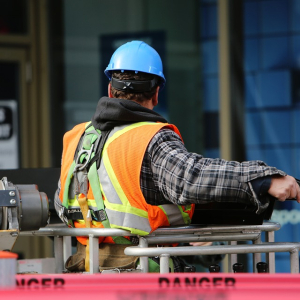
Incident Management Software
Incident management software can help organisations manage incidents involving lone workers, from initial reporting to resolution. This software should be able to provide real-time updates, alerts, and reporting capabilities.
It is important to note that while these technologies can provide support to lone workers, they are designed to enhance proper training, risk assessment, and safe work practices and every company should ensure that their workers are trained on the use of these technologies. Technology Platforms are only as good as the People and Processes in the trio of P’s that make up digital transformation, using tech in conjunction with appropriate procedures and processes to ensure the safety of workers on the job.
Connecting Your Lone Workers
We may be biased as a technology, connectivity and communications provider to the UK’s biggest construction companies and projects, but we firmly believe that connectivity is the fourth utility and all of the above solutions require robust connectivity and comms networks to be successful in lone worker protection. There are several connectivity solutions available for lone workers, which allow them to remain in contact with their employers or emergency services even in remote or low-coverage areas.
The types of connectivity available to lone workers are not wholly different from the communications solutions on the whole, but how they are deployed depends on the specific locations and conditions of the work, the scope of the project and the hardware and software requirements as detailed above.
Cellular Network
Lone workers can use a cellular network to make and receive calls, send and receive text messages, and access the internet. This solution is widely available in urban areas but may not provide reliable coverage in rural or remote areas. In addition, typically mobile phones are equipped with only one SIM card slot, which can result in highly unpredictable network coverage.
Short-Range Wireless
Short-range wireless technologies, such as Bluetooth or Zigbee, can be used to connect personal safety devices, GPS trackers, and other monitoring devices to a central monitoring system.
Wi-Fi
Wi-Fi connectivity can provide high-speed data transfer and internet access for lone workers, especially in indoor or urban environments.
Satellite Communication
Satellite communication devices, such as satellite phones or personal locator beacons (PLBs), can provide reliable communication and location tracking even in areas with limited or no cellular coverage. However, it is worth noting that satellite communication devices can be cost-prohibitive compared to traditional mobile phones.
Low-Power Wide-Area Network (LPWAN)
LPWAN technologies, such as LoRaWAN or Sigfox, provide low-cost, low-power connectivity for IoT devices, including personal safety devices and GPS trackers, even in areas with limited or no cellular coverage.
These are some of the main connectivity solutions available for lone workers, and on each project, we help IT managers, communications professionals and project managers consider the specific needs of their employees and the environment in which they work when choosing the best solution for their challenge.
How Onwave Design Solutions for Lone Workers
We’ve worked on a wide range of construction, utilities, rail and infrastructure projects over the last 10 years, helping businesses to support their lone workers in the most demanding, remote locations to ensure they remain connected and stay safe.
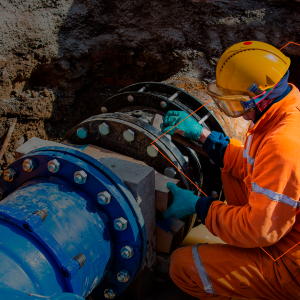
Connectivity
As many lone workers are field staff, we’ve developed a comprehensive range of lone-worker-focused and in-vehicle solutions to meet the challenges of providing the safety your employees need.
Our in-vehicle solutions maximise cellular network coverage across your operational area using cutting-edge bonded SIM technology. Our NetCase solution provides connectivity in a box for workers to use when working in remote locations. Your data is secured within a private network and all devices are centrally managed through a cloud management platform that provides real-time and historic vehicle location tracking, service availability and performance information.
OWL
We recognise that lone worker safety is a hybrid solution that involves both connectivity and communications infrastructure with both hardware devices and effective software. With this in mind, we’ve developed the OWL platform, a SaaS application to help customers with the dissemination and communication of hazard and work site information to remote workers.
OWL is based on the principles of geo-fences (a virtual perimeter for a real-world geographic area), these geofences can be created quickly and effectively within the application and immediately cascaded to field users with Android or Apple mobile devices. This system allows managers and supervisors to configure custom rules to trigger alerts, escalations and/or warnings to both users in the field and the management team. Geo-fences can be triggered based on specific input information (i.e. external sensors) and also published and removed based on defined calendars.
OWL provides Customers with powerful reporting and dashboards that let you target actions and benchmark across projects, work groups, or subcontractors to continually raise performance levels.
Our team of experts are here to help you achieve better visibility, management and safety for your lone workers. Get in touch today to discuss your requirements and we’d love to help you achieve your goals.





